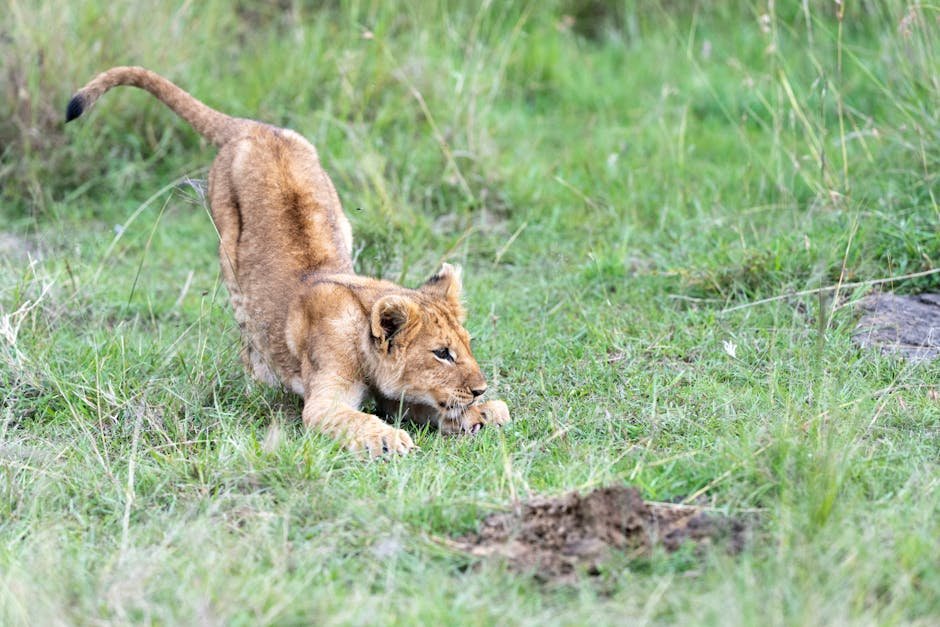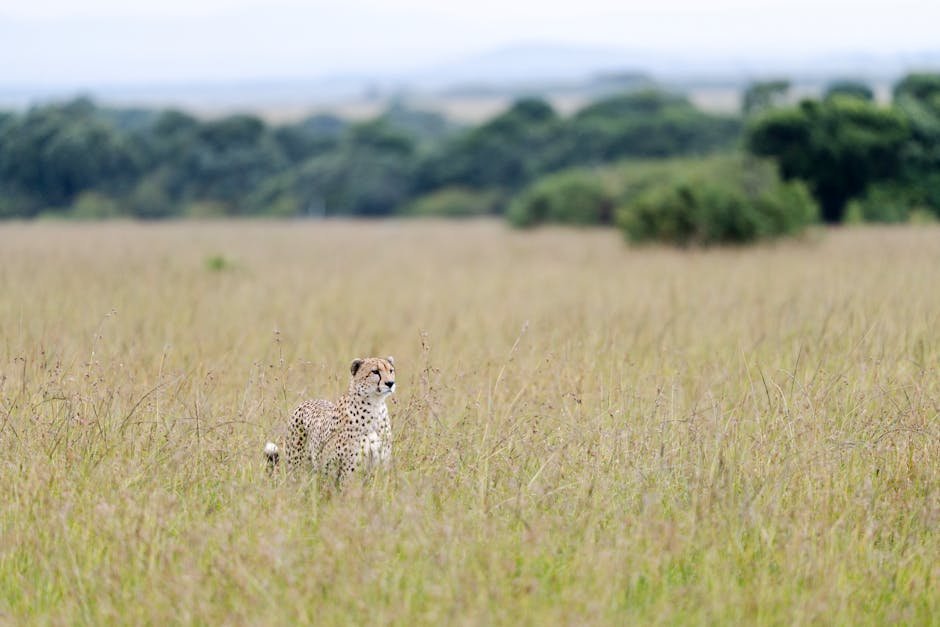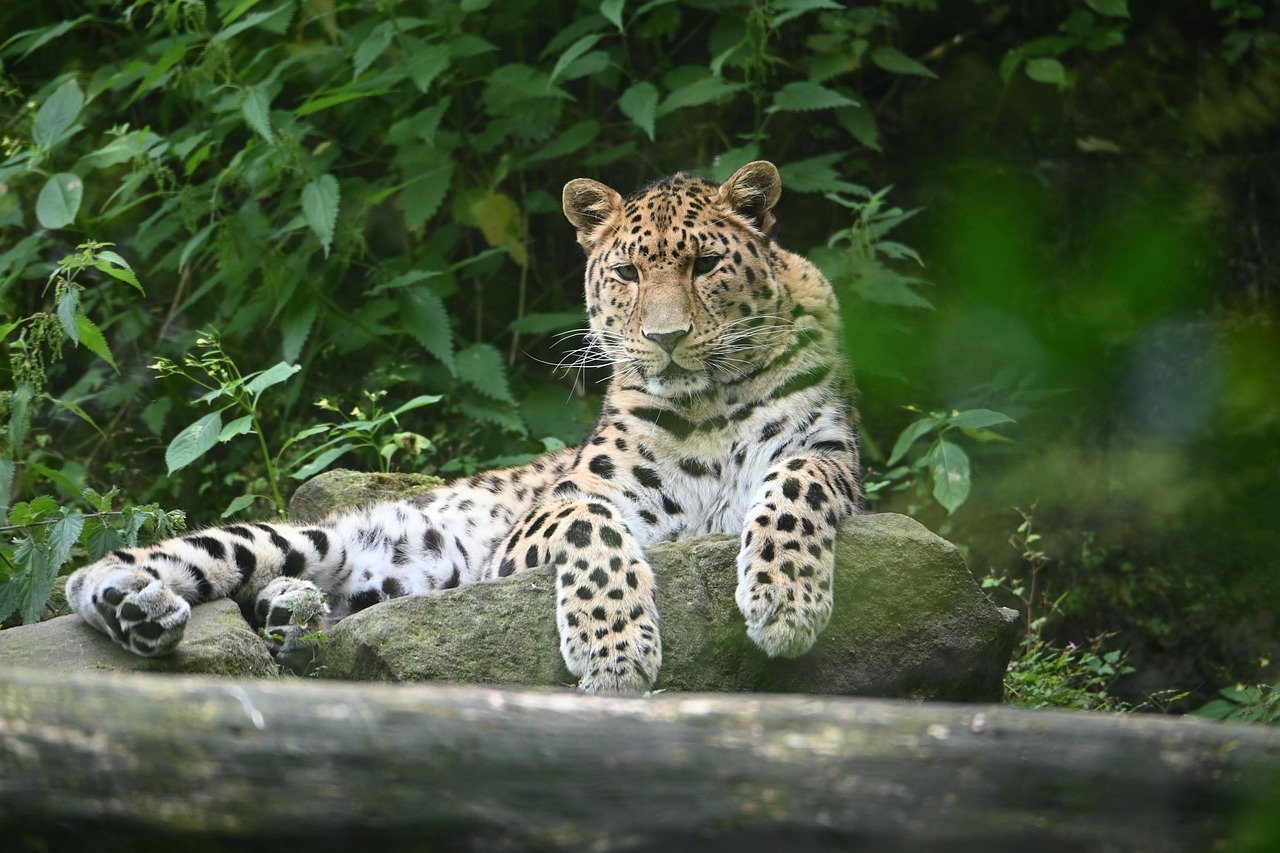For many wildlife enthusiasts, the allure of big cats prowling the wilderness is simply irresistible. While everyone knows about the famous safaris in Africa or the well-trodden paths of India’s national parks, there exist lesser-known destinations that offer equally thrilling experiences. These hidden gems are perfect for travelers seeking adventure away from the masses, where they can witness majestic big cats in their natural habitats. Let’s embark on a journey to explore five off-the-beaten-path locations where you can have unforgettable encounters with these magnificent creatures.
Manas National Park, India
Nestled in the foothills of the Eastern Himalayas, Manas National Park is a UNESCO World Heritage site that offers a unique habitat for big cats. Known primarily for its population of Bengal tigers, this park also houses other feline species such as clouded leopards and leopards. The park’s dense forests and grasslands provide a picturesque backdrop for spotting these elusive animals.
Manas was once plagued by political unrest, but it has since transformed into a conservation success story. Visitors can explore the park through guided safaris, which are best undertaken in the early morning or late afternoon when the animals are most active. Besides big cats, Manas is home to a diverse range of wildlife, including the rare golden langur and the Indian rhinoceros. This makes it an exciting destination for those looking to experience the raw beauty of India’s wild frontier.
Madidi National Park, Bolivia

Madidi National Park, located in the upper Amazon River basin of Bolivia, is a lesser-known paradise for wildlife enthusiasts. This park is one of the most biodiverse places on Earth, and it’s a haven for jaguars, the largest cats in the Americas. The dense rainforests and expansive grasslands make Madidi a prime location for jaguar encounters.
Exploring Madidi requires a bit of adventure, as the park is remote and access is often via boat along the Tuichi River. Guided tours are essential, and local guides are invaluable in spotting jaguars, as well as sharing their knowledge of the park’s unique ecosystem. Besides jaguars, visitors might also encounter giant otters, capybaras, and a stunning array of birdlife. The thrill of seeing a jaguar emerge from the lush greenery is an experience that leaves a lasting impression on any wildlife lover.
Selous Game Reserve, Tanzania

While Tanzania is famous for the Serengeti, the Selous Game Reserve offers a more secluded experience for those seeking big cat sightings. This reserve is one of the largest in Africa and is less frequented by tourists, making it an ideal setting for intimate wildlife encounters. The Selous is home to a healthy population of lions, leopards, and the rare African wild dog.
The Rufiji River Delta, with its intricate network of channels and lakes, provides a unique way to explore the reserve. Boat safaris offer a different perspective and increase the chances of seeing big cats along the riverbanks, especially during the dry season. Selous is not just about big cats; the reserve is teeming with elephants, hippos, and crocodiles, offering a comprehensive African safari experience away from the crowds.
Huascarán National Park, Peru
For those who dream of seeing the elusive Andean mountain cat, Huascarán National Park in Peru is an unmissable destination. Located in the stunning Andes, this park offers a breathtaking landscape of snow-capped peaks and crystal-clear lakes. The Andean mountain cat is one of the rarest and least studied felines, making sightings a rare but rewarding experience.
Due to its high-altitude environment, exploring Huascarán requires a certain level of fitness and acclimatization. Guided treks through the park provide opportunities not only to spot the Andean mountain cat but also to see other unique wildlife such as the spectacled bear and the vicuña. The park’s remote location and the mystery surrounding the Andean mountain cat make it a fascinating destination for adventurous travelers.
Ussuriysk Nature Reserve, Russia

In the far reaches of Eastern Russia lies the Ussuriysk Nature Reserve, a hidden gem for those wanting to see the majestic Amur leopard. This reserve is one of the last strongholds of this critically endangered species, with only a few dozen individuals remaining in the wild. The dense forests and rugged terrain provide a challenging but rewarding environment for big cat enthusiasts.
Winter is the best time to visit, as the snow makes it easier to track and spot the elusive leopards. The reserve is also home to the Amur tiger, another rare and magnificent big cat. Local guides play a crucial role in navigating the harsh conditions and increasing the chances of sightings. Ussuriysk offers a truly unique experience, combining the thrill of big cat encounters with the pristine beauty of the Russian wilderness.
These off-the-beaten-path locations offer a chance to connect with nature on a deeper level and witness big cats in their natural habitats, away from the usual tourist hotspots. Whether you’re tracking jaguars in the Amazon or seeking the rare Andean mountain cat in Peru, each destination promises an unforgettable adventure.

Suhail Ahmed is a passionate digital professional and nature enthusiast with over 8 years of experience in content strategy, SEO, web development, and digital operations. Alongside his freelance journey, Suhail actively contributes to nature and wildlife platforms like Feline Fam, where he channels his curiosity for the Feline into engaging, educational storytelling.
With a strong background in managing digital ecosystems — from ecommerce stores and WordPress websites to social media and automation — Suhail merges technical precision with creative insight. His content reflects a rare balance: SEO-friendly yet deeply human, data-informed yet emotionally resonant.
Driven by a love for discovery and storytelling, Suhail believes in using digital platforms to amplify causes that matter — especially those protecting Earth’s biodiversity and inspiring sustainable living. Whether he’s managing online projects or crafting wildlife content, his goal remains the same: to inform, inspire, and leave a positive digital footprint.






